
Images from a German alchemical manuscript, Alchemica, 15th Century. Source: The John Rylands Library



Images from a German alchemical manuscript, Alchemica, 15th Century. Source: The John Rylands Library
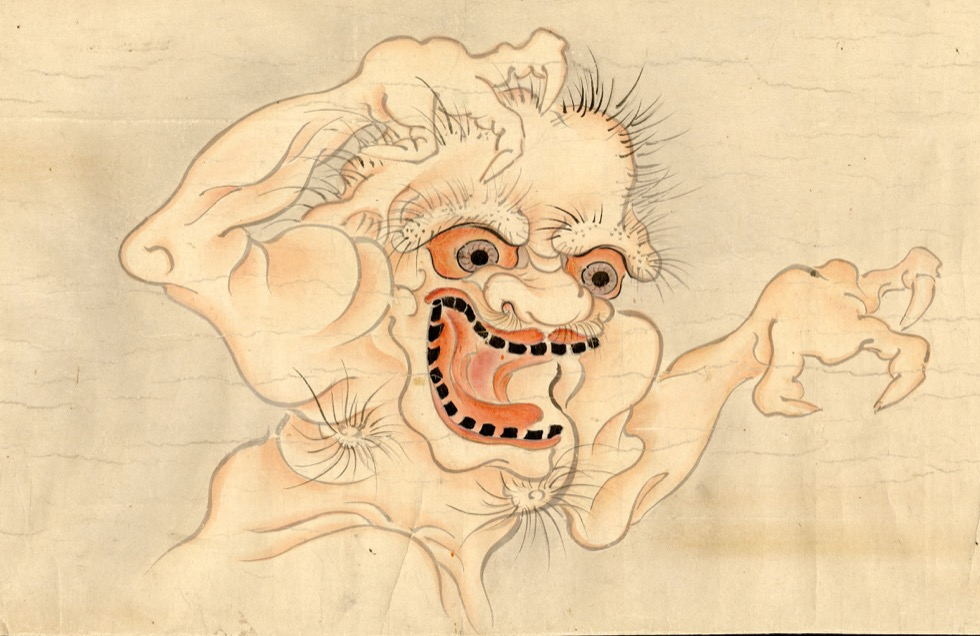
Uwan is a yokai who loudly says its own name (like a pokemon) with a disembodied voice, causing people to lose sleep. Teeth blackening was popular among noblemen and the warrior class in medieval Japan, so his black teeth may signify that he was originally one of them. From: Bakemono No E, 18th century

The medieval wound man, first appearing in the 15th century, was used by physicians and surgeons to communicate anatomy and how to heal different ailments. The diagrams showed the location of diseases, blood letting points, and anatomical correspondences to zodiac signs. Sources and more info on the Public Domain Review.

The Hellmouth is an entrance to hell that manifests as the open jaws of an infernal beast. Depictions of Hellmouths were common during the Middle Ages and Renaissance in manuscripts, and even as dramatic mechanical set pieces in theatrical productions.

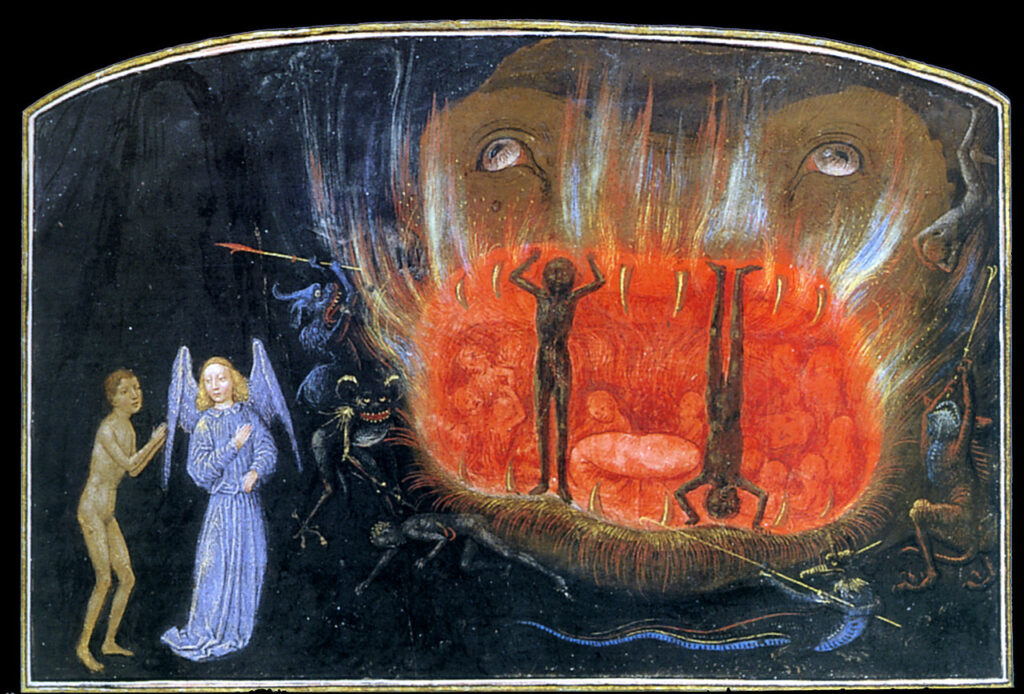

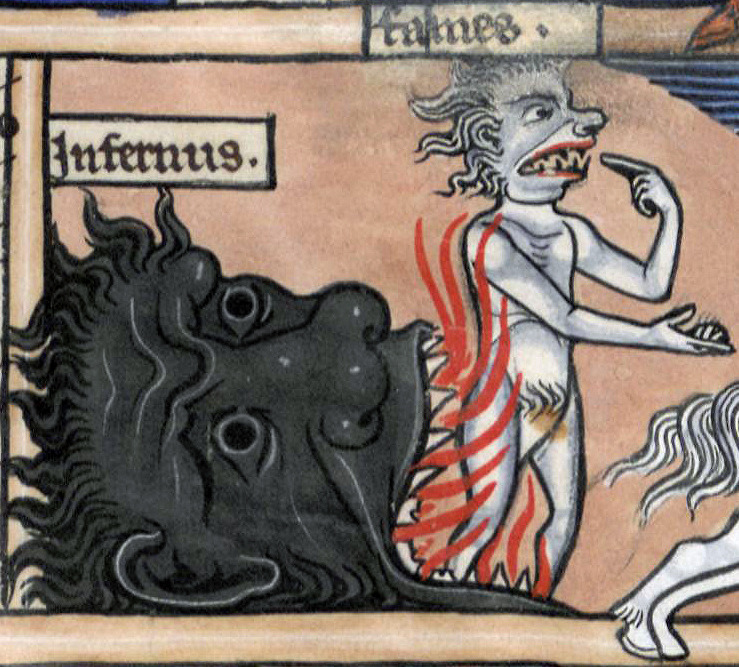
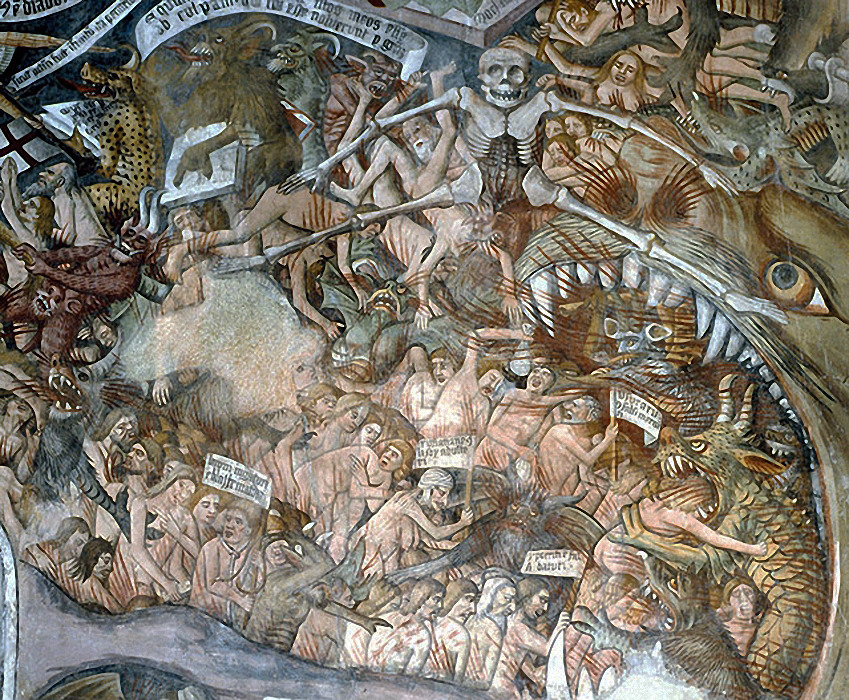
Image sources:
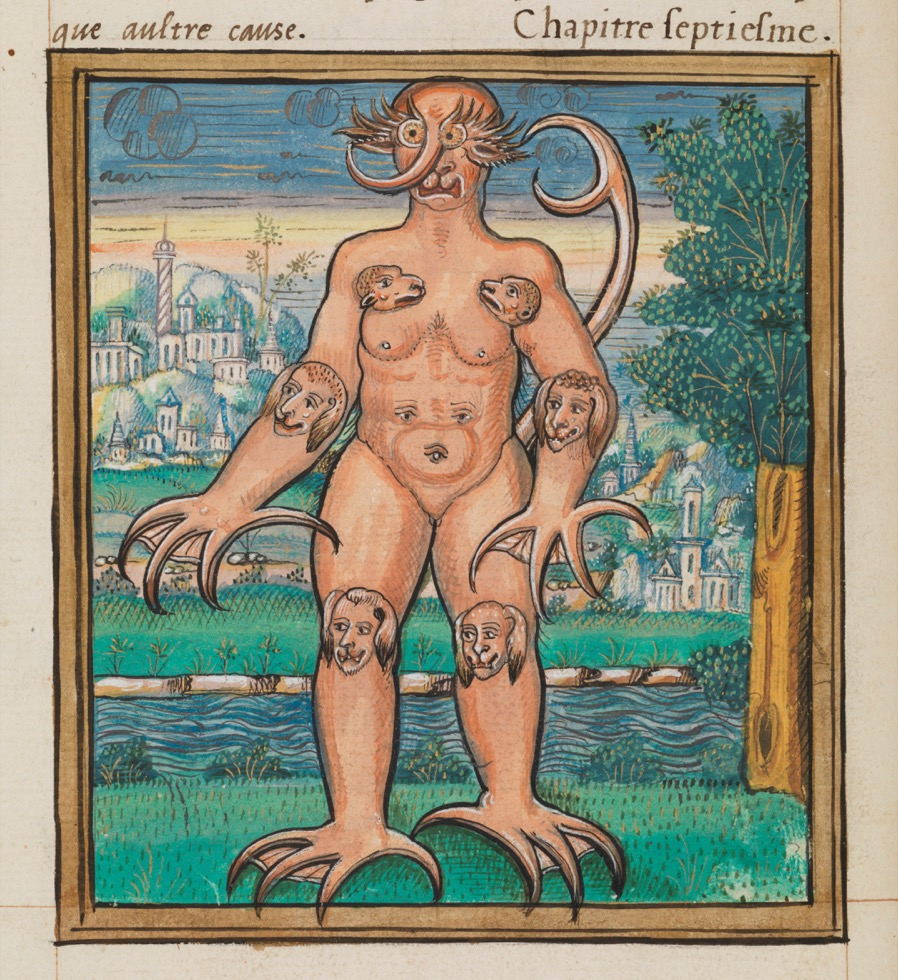
The Monster of Krakow first appeared in Histoires Prodigieuses by Pierre Boaistuau, 1559. Four hours after its birth, the demonic beast reportedly uttered “Watch, the Lord cometh” and died. Source: Wellcome Collection
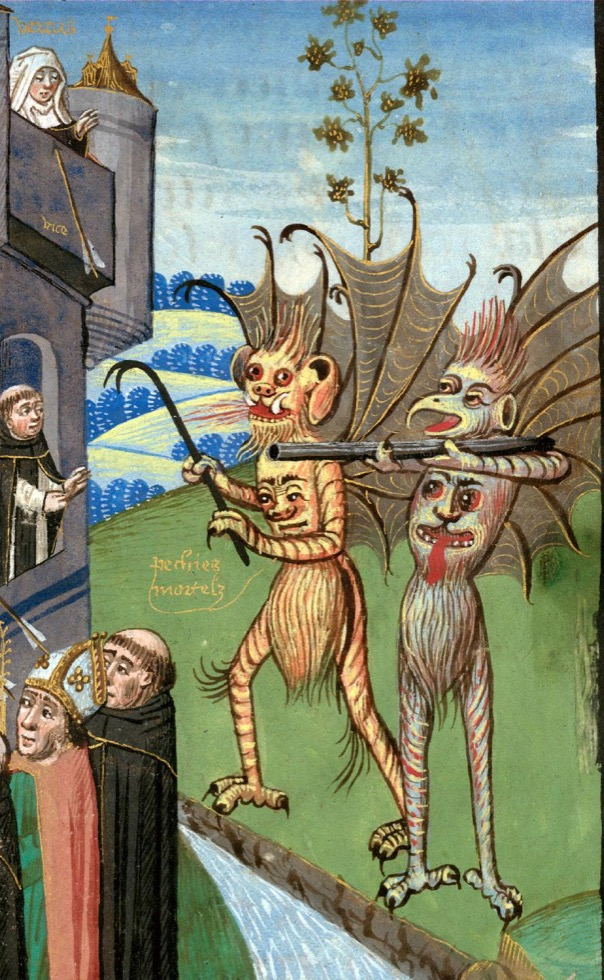
Demons attacking a castle, La Forteresse de la foi, Alphonsus de Spina, France, 15th Century. Source: BVMM

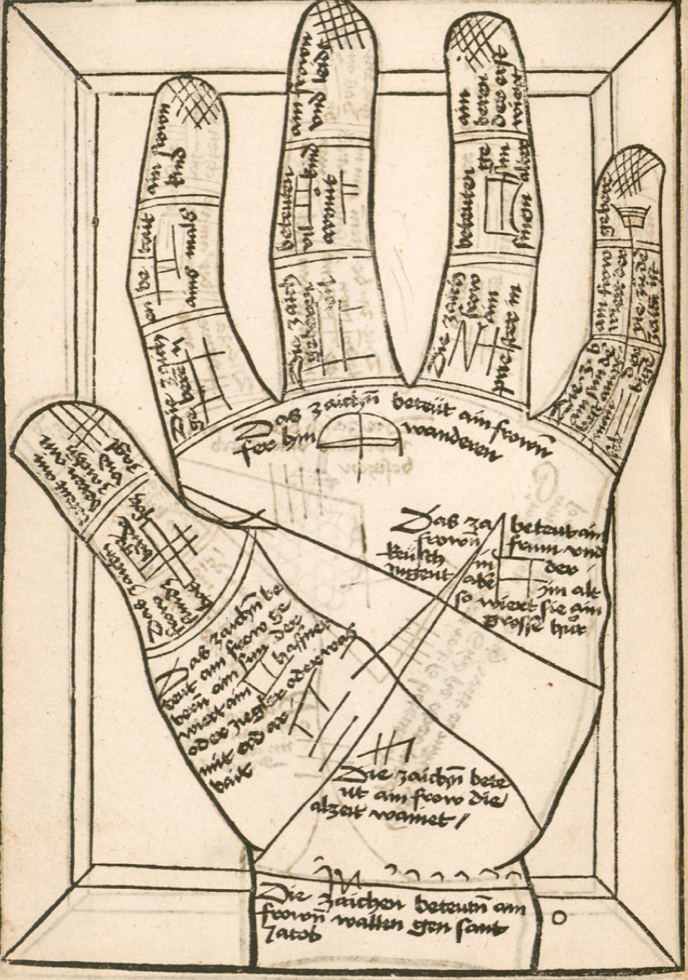

Palmistry diagrams from a German Chiromantia. The left hands are meant are meant for men and the right hands are meant for women. Unknown Author, Late 15th century. From the Bavarian State Library
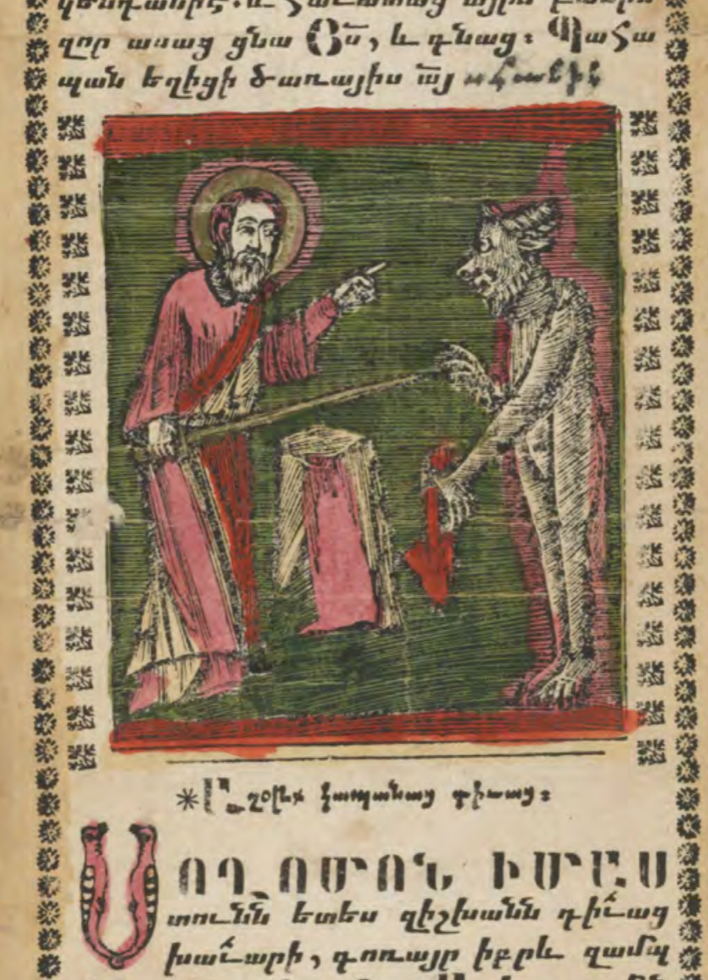
Hmyail are Armenian prayer scrolls, meant for the home and travel, that were used in the 17th century for sermons, magical formulas, and warding off demons. From: The Library of Congress